- The Greek god Apollo is sometimes called Apollo Lykios, the wolf-Apollo, and was associated with the wind and sun. In Athens, the land surrounding the temple of Apollo became known as the Lyceum, or the “wolf skin.”
- In 1927, a French policeman was tried for the shooting of a boy he believed was a werewolf. That same year, the last wild wolves in France were killed.
- When Europeans arrived in North America, wolves became the most widely hunted animal in American history and were nearly extinct by the beginning of the twentieth century. The U.S. Federal government even enacted a wolf eradication program in the Western states in 1915.
- Dire wolves (canis dirus) were prehistoric wolves that lived in North America about two million years ago. Now extinct, they hunted prey as large as woolly mammoths.
- A wolf can run about 20 miles (32 km) per hour, and up to 40 miles (56 km) per hour when necessary, but only for a minute or two. They can “dog trot” around 5 miles (8km) per hour and can travel all day at this speed.
- The smallest wolves live in the Middle East, where they may weigh only 30 pounds. The largest wolves inhabit Canada, Alaska, and the Soviet Union, where they can reach 175 pounds.
- Wolves howl to contact separated members of their group, to rally the group before hunting, or to warn rival wolf packs to keep away. Lone wolves will howl to attract mates or just because they are alone. Each wolf howls for only about five seconds, but howls can seem much longer when the entire pack joins in.
- A light-reflecting layer on a wolf’s eye called the tapetum lucidum (Latin for “bright tapestry”) causes a wolf’s eyes to glow in the dark and may also facilitate night vision. While a wolf’s color perception and visual acuity maybe be inferior to a human’s, a wolf’s eyes are extremely sensitive to movement.
- Where there are wolves, there are often ravens (sometimes known as “wolf-birds”). Ravens often follow wolves to grab leftovers from the hunt—and to tease the wolves. They play with the wolves by diving at them and then speeding away or pecking their tails to try to get the wolves to chase them.
- In ancient Rome, barren women attended the Roman festival Lupercalia (named for the legendary nursery cave of Romulus and Remus) in the hopes of becoming fertile.
Tuesday, April 15, 2014
Wolf Facts
Subscribe to:
Post Comments (Atom)

.jpg)




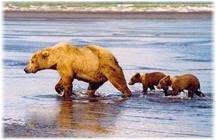












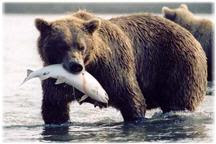
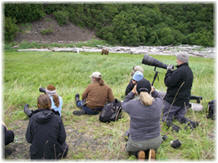




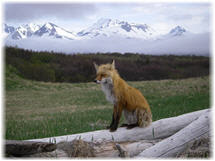









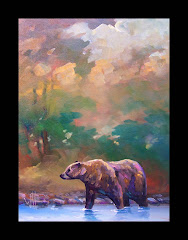





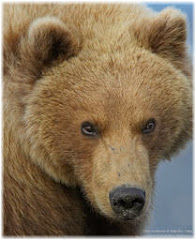




No comments:
Post a Comment